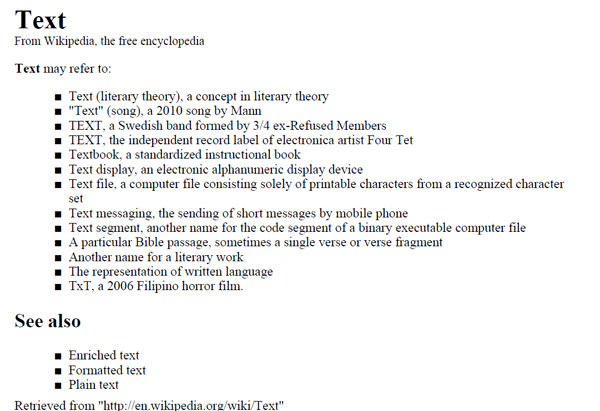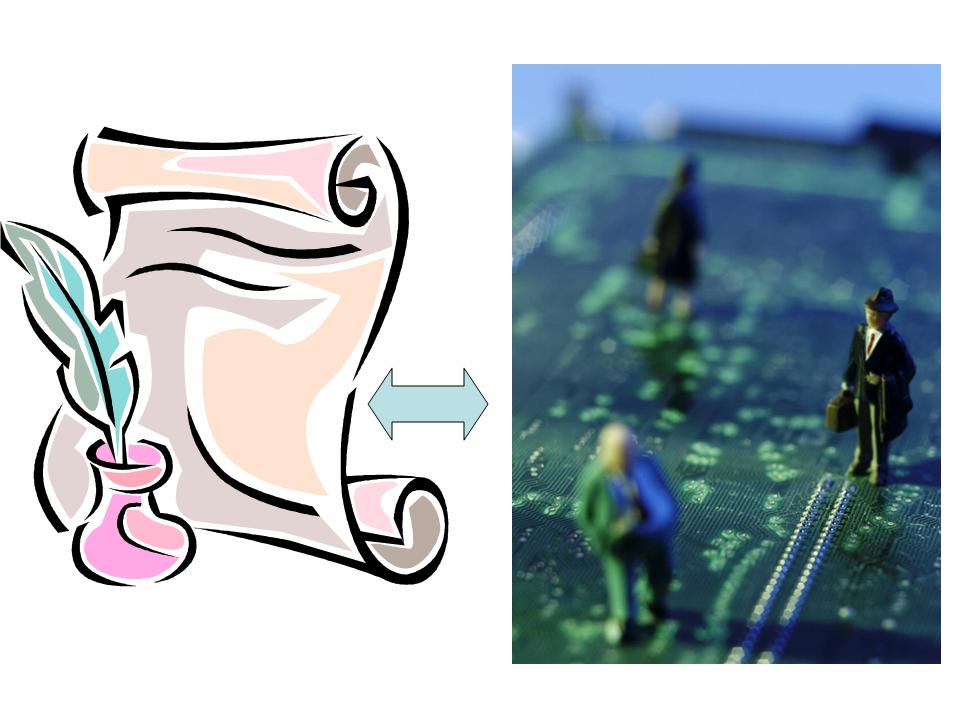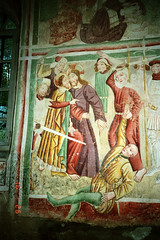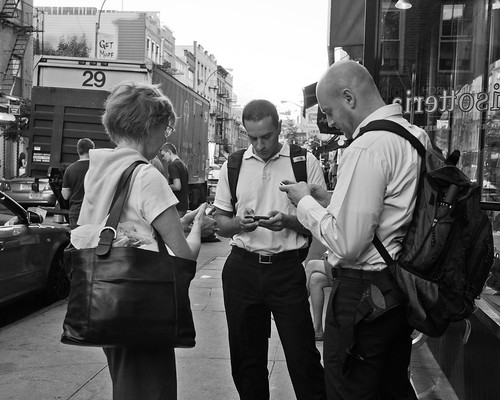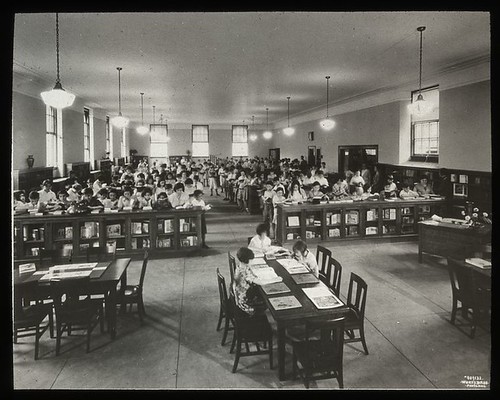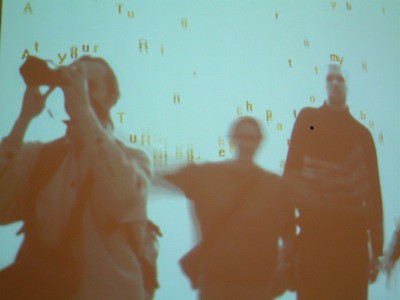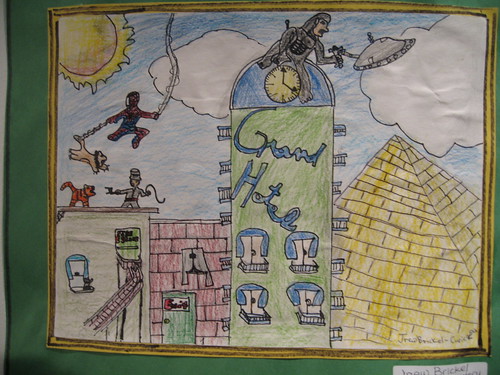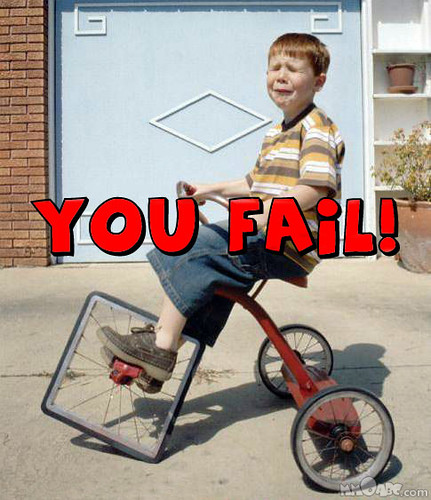Hello everyone! It was difficult to pick just one photo, but I ended up selecting what appears to be the beginning of a presentation promoting a Moodle learning environment to an unknown audience, possibly other teachers. The text on the projector screen says “Moodle or Muddle: From paper to cyber”, implying that Moodle has clear benefits over a printed paper format. The photo to me represents an example of a forum where people are sharing ideas and trying to make sense of the shifting technological landscape at the grassroots level. How can we ensure that the new technologies we choose to adopt in schools are beneficial to student learning and what impacts are they having on literacy?
It is also interesting to note some of the other technologies in the classroom, from the digital projector to the overhead projector, as well as the classroom configuration itself, and to think about what classrooms of tomorrow might look like. Depending on how networked technologies such as Moodle are utilized by teachers and schools, additional devices for students, and room configurations to support them could become necessary. On the other hand, such technologies can also be used to support and extend face to face classroom activities in ways that do not require such a complete switch from one format to another.
I am a middle years teacher in a rural Manitoba school division, and also have a part time role in supporting teachers with their use of educational technology in the classroom. My school division uses Moodle and other distance education technologies to support high school course delivery in many of our smaller schools, but it is also interesting to see how Moodle and other similar technologies are increasingly being used in many different ways in face-to-face classrooms as well. This is my 8th course in the MET program, and I look forward to once again engaging in the conversations, readings, and online spaces we will share to deepen my understanding of educational technology and education in the 21st century. I look forward to participating with everyone in our collective dialogue in the upcoming weeks!



